The term “working capital” may not be the most widely used term in your business, but this finance term may hold the key to the long-term success of your business. Working capital at a glance refers to the gap between a company’s available assets and its available legal responsibilities. Also in simpler terms, this means the capital needed by a business to cover immediate goals.
For your working capital to be effective, you will have to analyze your current assets and finance needed for future goals. Thus ensuring that you always have the capital needed to grow your business. This article covers the short and long term sources of finance for your working capital.
Sources of working capital can found in two methods,
- Short-Term Sources of Finance for Working Capital
- Long-Term Sources of Finance for Working Capital
01) Short-Term Sources of Finance for Working Capital
Short-term finance refers to financial loans, businesses typically pay off in under a year. Some such reliable sources are,
-
Invoice Discount
This is a facility based on invoice finance which allows a business to use unpaid invoices as guarantee for a loan. Hence, this provides your business with a boost in cash while it allows the customers to maintain their rights. This improves a company’s sales ledger significantly, allowing it to invest the gained capital in achieving goals.
- Overdraft
An overdraft is a financial source that allows a certain account holder to withdraw more cash than what is allowed by his credit plan. This withdrawal comes with a certain limit. Therefore, overdraft is classified as a loan as the cash is borrowed and an interest is charged over balance.
- Advances from Customers
Certain businesses get payments in advance from their customers prior to providing a service. These payments can be used as a short-term source of finance. This allows the company and manufacturers to reduce the working capital they have to invest to provide a service by utilizing the advance paid by the customer.
- Account Receivable Credit/ Factoring
This source of short-term finance is closely similar to invoice discounting. Factoring involves a third party or a middleman, to whom the company sells the invoices at lower prices to immediately gain access to payments made through credit.
- Commercial Banks
Commercial banks are the modern day replacement of indigenous banks. They are considered to be the most valuable source of short-term capital. Short-term financial support provided by commercial banks include loans, cash credit, overdraft and discounting of bill exchange.
- Commercial Paper
This source showcases unsecured promissory notes issued by an enterprise to raise short-term capital. Commercial paper is an important cash market utility in practice in countries like the U.S.A. Banks and Insurance companies usually purchase commercial papers.
- Trade Finance
Financing for trade is of utmost importance for both the exporter and the importer. Various third parties such as banks and other financial institutions can support these trade transactions by funding the trade activity.
02) Long-Term Sources of Finance for Working Capital
Long-term finance refers to financial loans, businesses typically pay off in a time period over a year. Some such reliable sources are,
- Equity Capital
Companies can raise interest-free capital from public and private means. They can raise capital from the markets by the use of Initial Public Offering (IPO) or convince a private investor to purchase shares of the company. Trading stocks with shareholders is a proven way of obtaining significant working capital.
- Term Loans
Banks and other financial institutions offer loans that a business can pay off in over a year. Banks provide secure loans while holding certain assets of the company like buildings and machinery, as accountable. Loans are long-term finance solutions provided by banks. They are also flexible and meet the working capital of a business. Loans carry a fixed interest rate. The borrower can pay off the loan in affordable portions. Loans are the faster solution for obtaining working capital.



